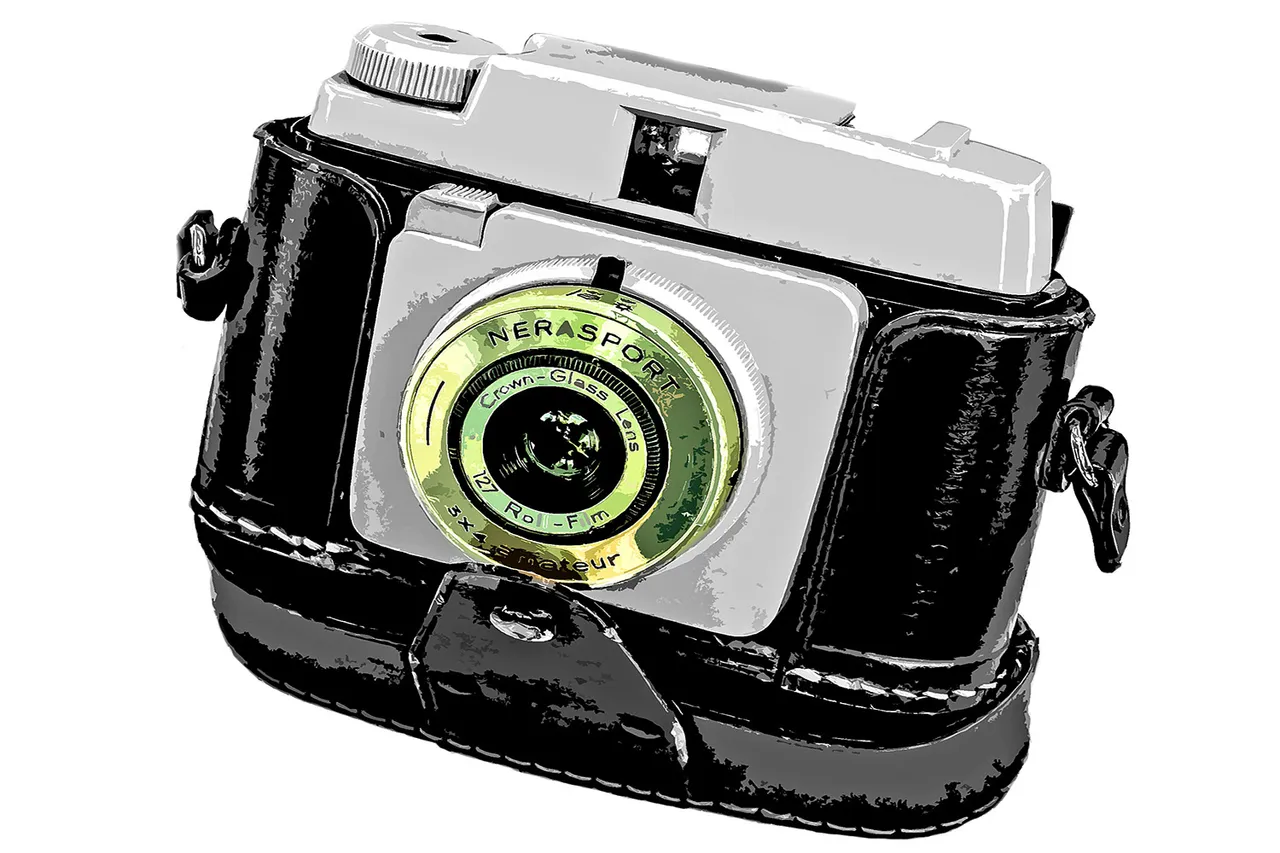

In this series touring the southern countryside of the province of Badajoz in the autonomous community of Extremadura, it was only fair to pass through two important points in this region, the town of Llerena and the Roman city of Regina Turdulorum, located in a fairly flat area of meadows and good productive land. After visiting the Jayona mine very close to this place, I went to Llerena to spend the night, tour the town and prepare my expedition to the Roman city. I left Fuente de Arco where I had spent a few days to head along the regional road EX-200 until I reached my destination, Llerena. After settling into a nice hostel in the town and asking about it and the area, I set off towards the Roman city along a regional road that took me through fields and plains with lots of livestock, both cattle and sheep, which I contemplated as I reached the nearby ruins of the Roman villa. I arrived at a large fenced and protected area where I could see the entire excavation, the Roman theatre and a small interpretation centre. There was a lot of excavation work going on as much of the city was still buried by years of sediment and history.
En esta serie recorriendo la campiña sur de la provincia de Badajoz en la comunidad autónoma de Extremadura era justo pasar por dos puntos importantes de esta región, la villa de Llerena y la ciudad romana de Regina Turdulorum situadas en una zona bastante llana de prados y buenas tierras productivas. Después de visitar la mina de la Jayona muy cercana a este lugar me dirigí a Llerena para pernoctar, recorrer la villa y preparar mi expedición a la ciudad romana. Salí de Fuente de Arco donde había pasado unos días para dirigirme por la carretera regional EX-200 hasta llegar a mi destino, Llerena. Después de acomodarme en un bonito hostal de la villa y preguntar sobre ella y la zona me puse en camino hacia la ciudad romana entre una comarcal que me llevaba por campos y llanuras con mucho ganado, tanto vacuno como ovino que iba contemplando mientras llegaba a las cercanas ruinas de la villa romana. Llegue a un amplio parado vallado y protegido donde se adivinaba toda la excavación, el teatro romano y un pequeño centro de interpretación. Se estaban haciendo bastantes trabajos de excavación ya que gran parte de la ciudad sigue enterrada por años de sedimentos y de historia.






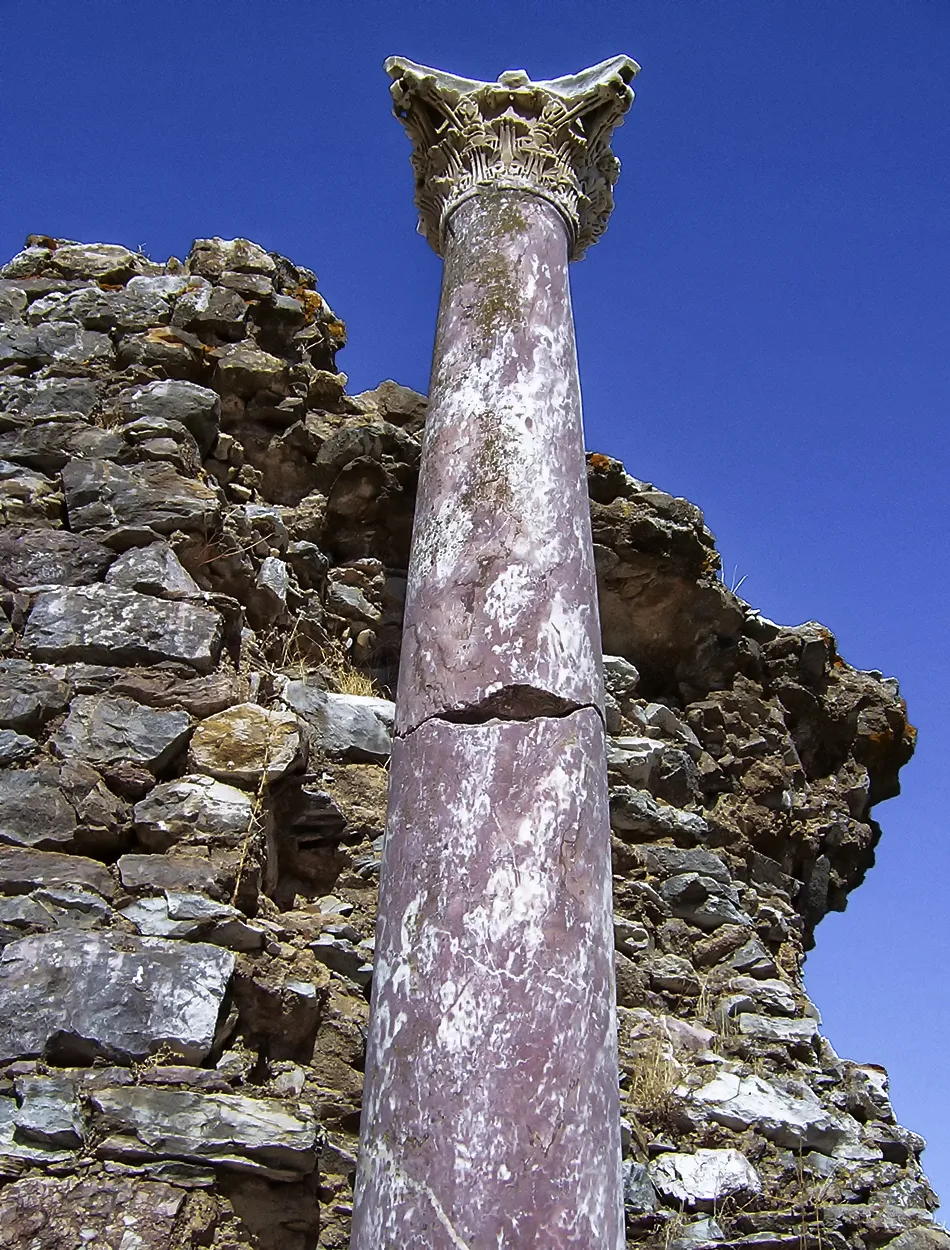

The Romanisation of this region of the Iberian Peninsula led to the construction of large cities in this area, which was prolific due to its possibilities and wealth. The proximity of the iron mines of La Jalona and the rich pastures and meadows of the place, together with the proximity of the Roman capital of the Lusitana region, Mérida, led to this entire region becoming an essential part of the Roman Empire in Iberia. Roman cities were usually built in the form of a square with avenues that crossed the towns from north to south and from east to west. In this case, the most visible remains were those of a Roman theatre, which gave an idea of the importance of this city and its size.
La romanización de esta región de la península ibérica llevo a la construcción de grandes ciudades en esta prolifera zona por sus posibilidades y riqueza. La cercanía de las minas de hierro de la Jalona y los ricos pastos y prados del lugar junto con la proximidad de la capital romana de la región de Lusitana, Mérida, llevo a que toda esta región se convirtiera en parte esencial del imperio romano en al iberia. Las ciudades romanas solían estar construidas en forma de cuadrado con avenidas que atravesaban de norte a sur y de este a oeste las poblaciones. En este caso los restos aparentemente más visibles eran los de un teatro romano que daba a entender la importancia de esta ciudad y su tamaño.




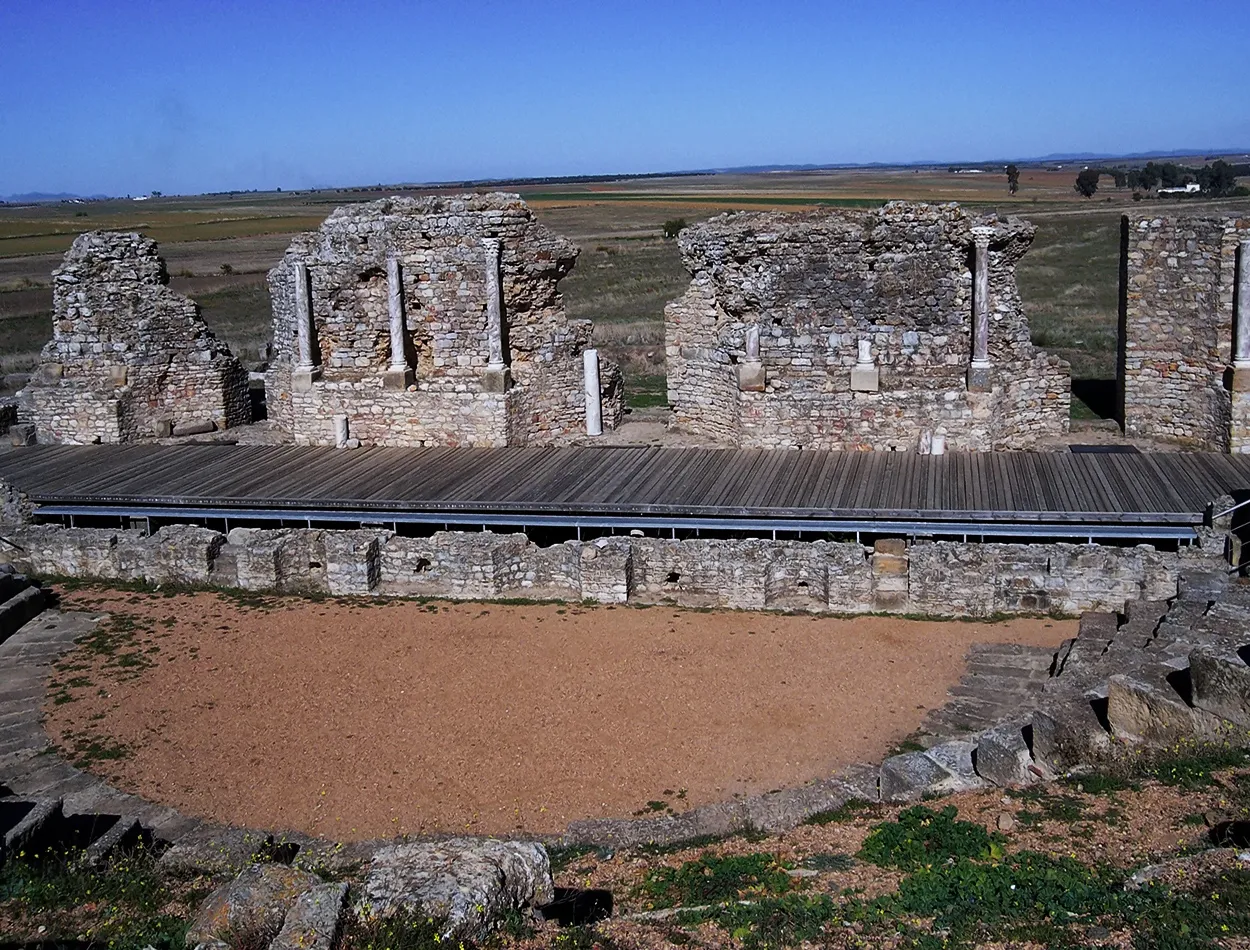









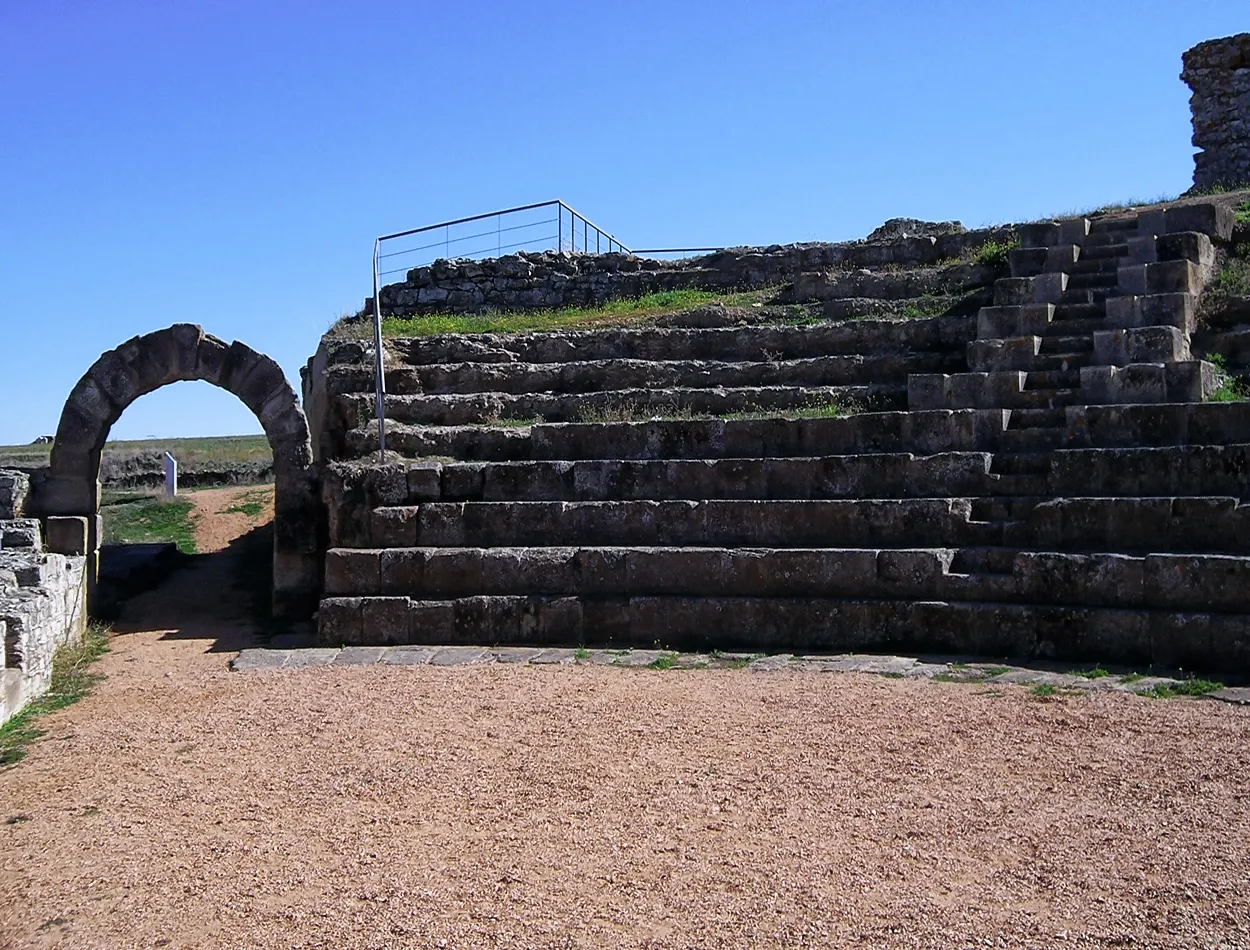




|

|

|



In another area or zone of the tour of this Roman city, remains of smaller buildings, houses and what must have been the nerve centre of the town were visible. I noticed that during the excavation they were finding the bases of columns as well as remains of what must have been the channel for both the water supply and the sewers. The techniques of the Roman builders and architects were very advanced and they took advantage of the unevenness and the laws of physics, such as that of communicating vessels, to achieve greater performance in their cities. Then in another area I also saw remains of daily life such as pieces of pottery, plates and vases that were found in many parts of the town and were being selected by the archaeologists.
En otra área o zona del recorrido por esta ciudad romana se adivinaban restos de construcciones más pequeñas, casas y lo que debía ser el centro neurálgico de la villa. Observe que en la excavación estaban encontrando bases de columnas así como restos de lo que debió ser la canalización para el agua tanto de traída como para los alcantarillados. Las técnicas de los constructores y arquitectos romanos eran muy avanzadas y aprovechaban los desniveles y las leyes físicas, como la de los vasos comunicantes, para conseguir un mayor rendimiento en sus ciudades. Luego en otra zona vi también restos de la vida cotidiana como trozos de alfarería, platos y vasijas repartidas que se encontraron en muchos puntos de la villa que estaban siendo seleccionados por los arqueólogos.








Llerena
Between the waters of the Guadiana and Guadalquivir rivers there is an area that covers several provinces and which in the south of Badajoz is the beginning of Sierra Morena. In this relatively flat area, with important water reservoirs, is the Extremaduran town of Llerena where I was going to spend the night and visit it to get to know it. The proximity to the Roman city and the history of Llerena go back to ancient times and perhaps the one that caught my attention the most was its wars for territory between Christians and Arabs. Later, after being taken and reconquered by the Christian world, it became the headquarters of the masters of the Order of Santiago.
Entre las aguas del rio Guadiana y el rio Guadalquivir se encuentra una zona que abarca varias provincias y que en el sur de Badajoz es el comienzo de Sierra Morena. En esta zona relativamente llana, con importantes embalses de agua se encuentra la localidad extremeña de Llerena donde iba pernoctar y pasar recorriéndola para conocerla. La proximidad con la ciudad romana y la historia de Llerena se remontan a tiempos antiguos y quizás el que me relataron que más capto mi atención fueron sus guerras por el territorio entre cristianos y árabes. Posteriormente ya tomada y reconquistada por el mundo cristiano se convirtió en la sede de los maestres de la Orden de Santiago.

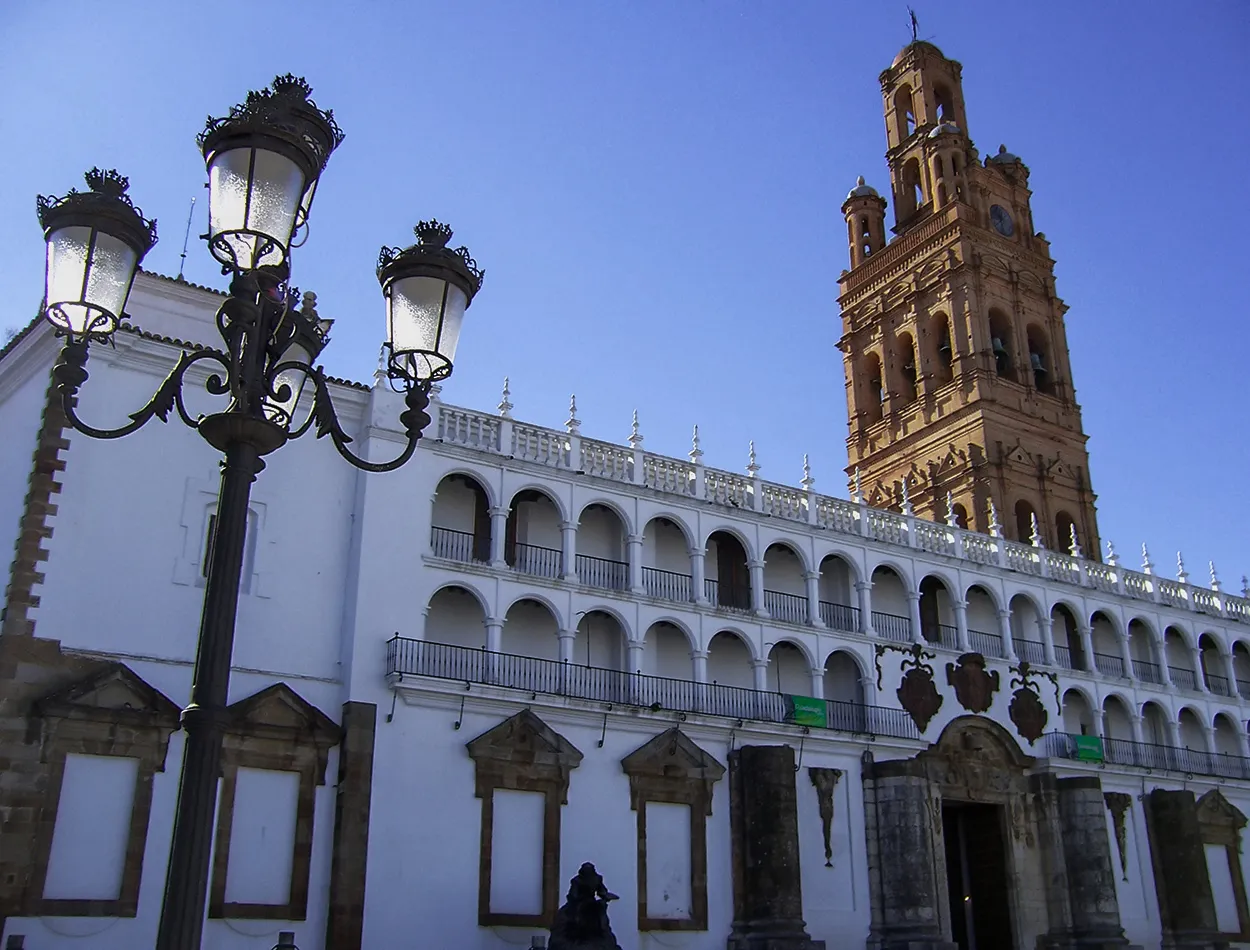





|
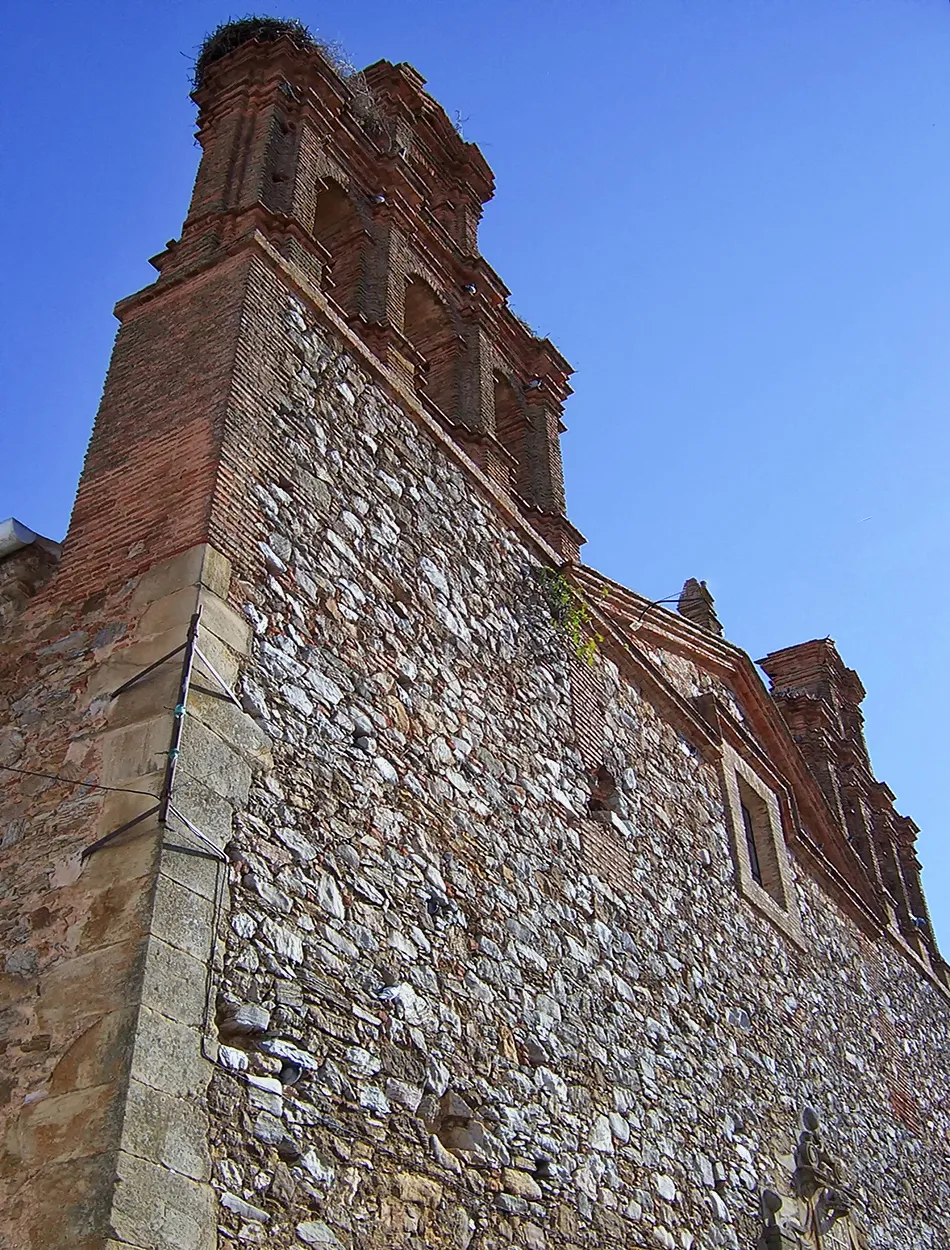
|

|


|
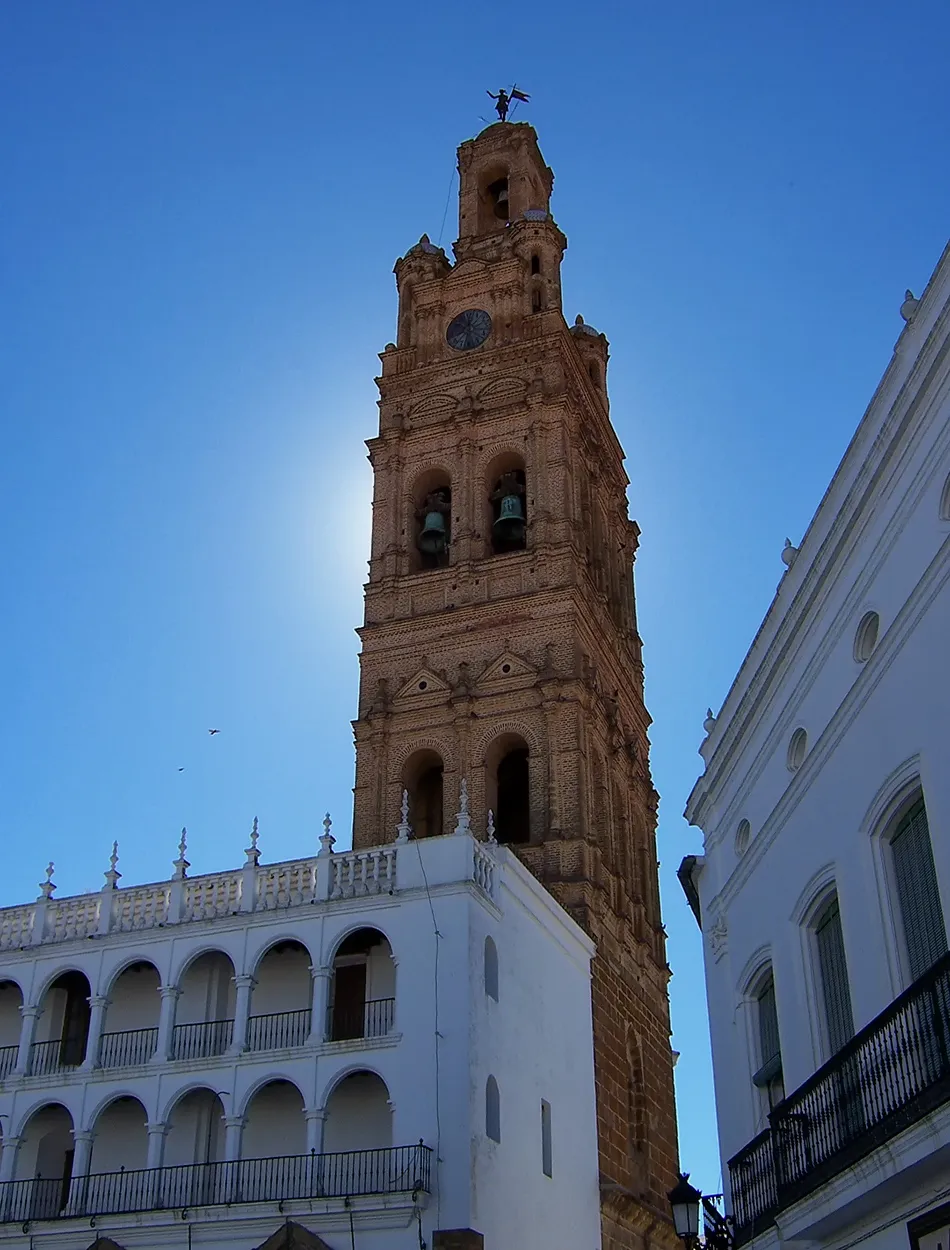
|
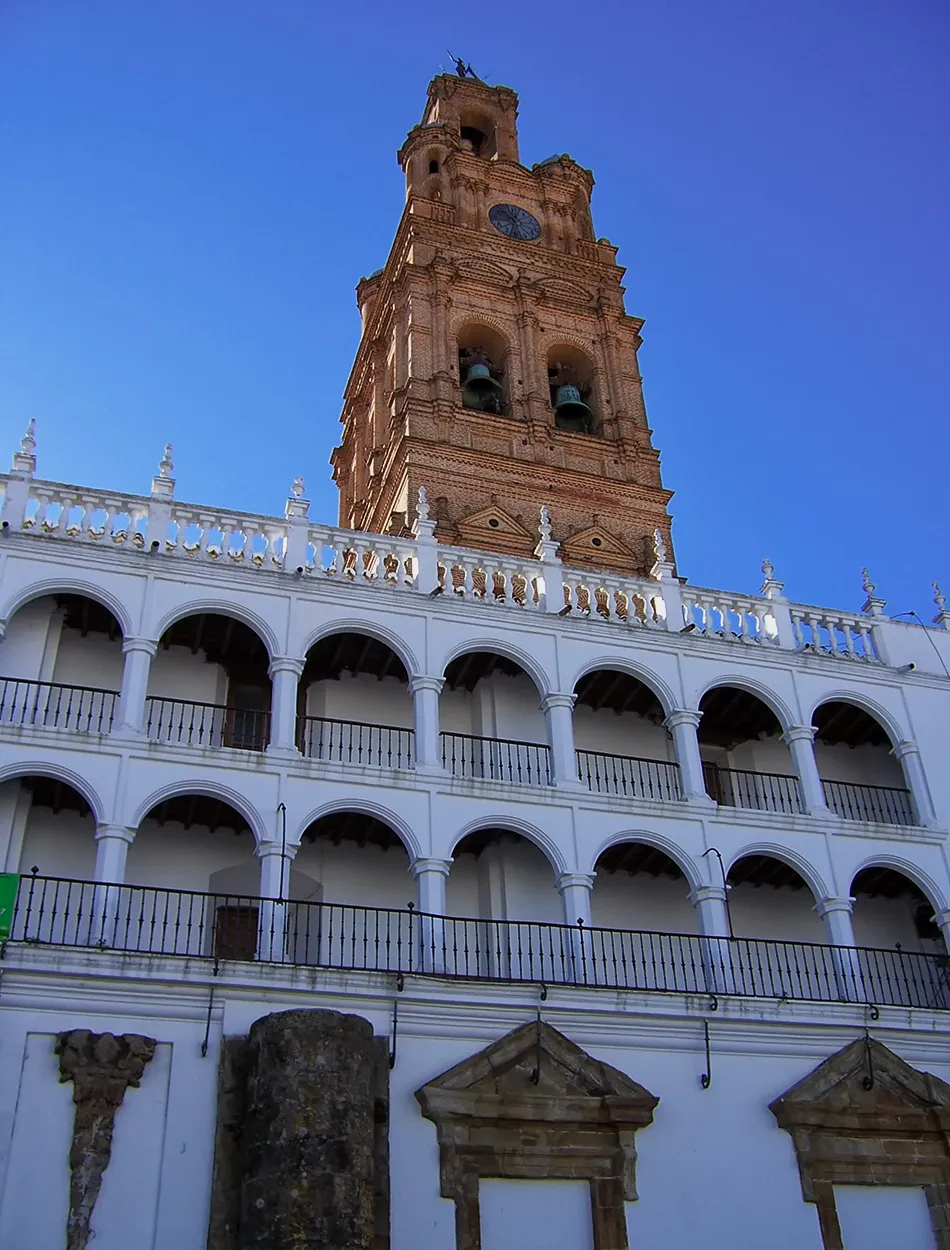
|






Its architecture, in terms of its churches, is essential to understand the importance that Llerena had at one time and that it preserves as a heritage asset for all. The main church, Nuestra Señora de la Granada, presides over the town's main square, together with the town hall building. In it we find altarpieces, paintings and the image of the most venerated virgin in these places. I must also say that there are other smaller churches in the town but with a similar history and importance.
Su arquitectura en cuanto a sus iglesias es fundamental para entender la importancia que Llerena tuvo en su momento y que conserva como un bien del patrimonio de todos. La principal iglesia Nuestra Señora de la Granada preside junto al edificio del ayuntamiento la plaza mayor de la villa. En ella encontramos retablos, pinturas y la imagen de la virgen más venerada por estos lugares. También he de decir que hay otras iglesias en la localidad más pequeñas pero con una historia e importancia similares.


|
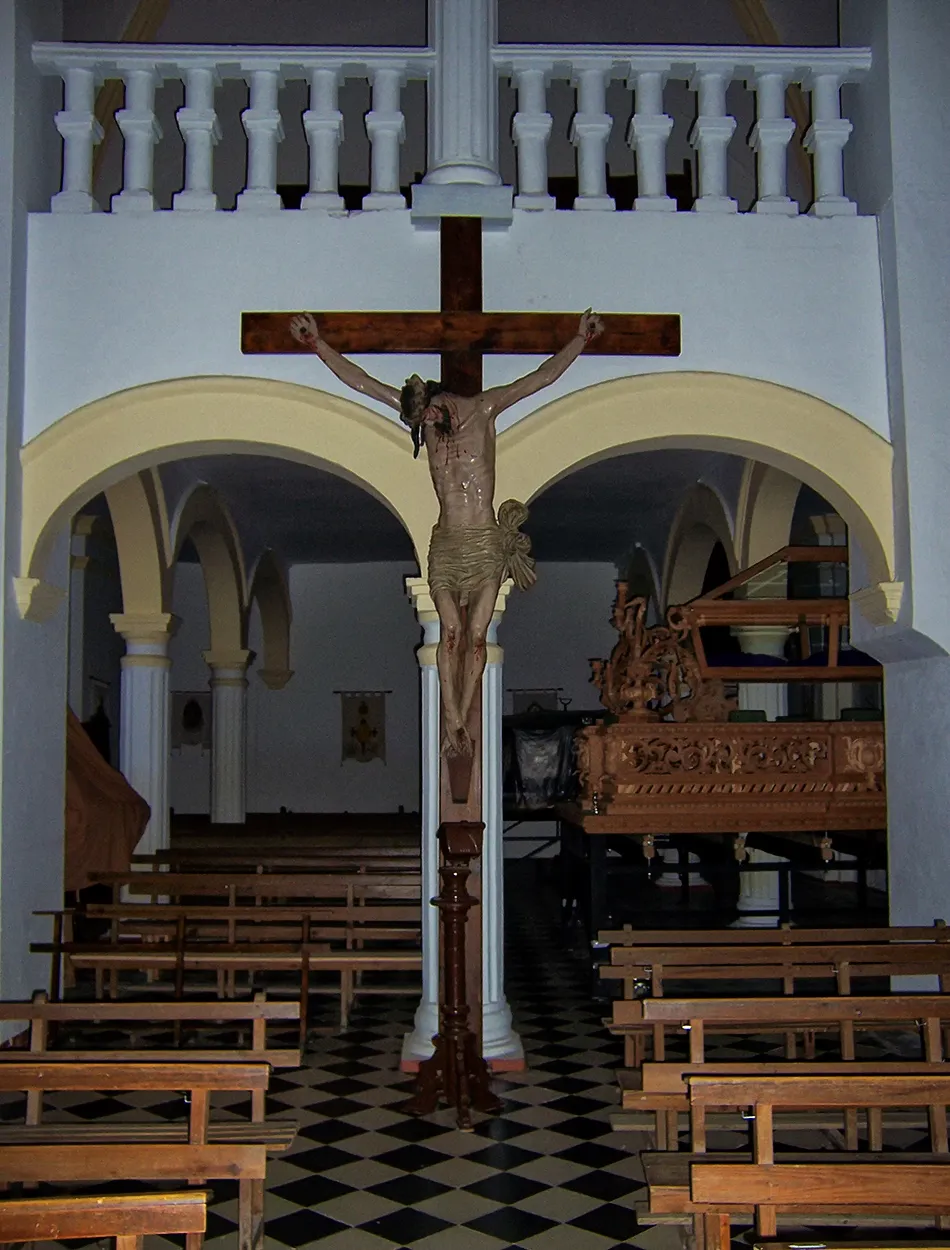
|
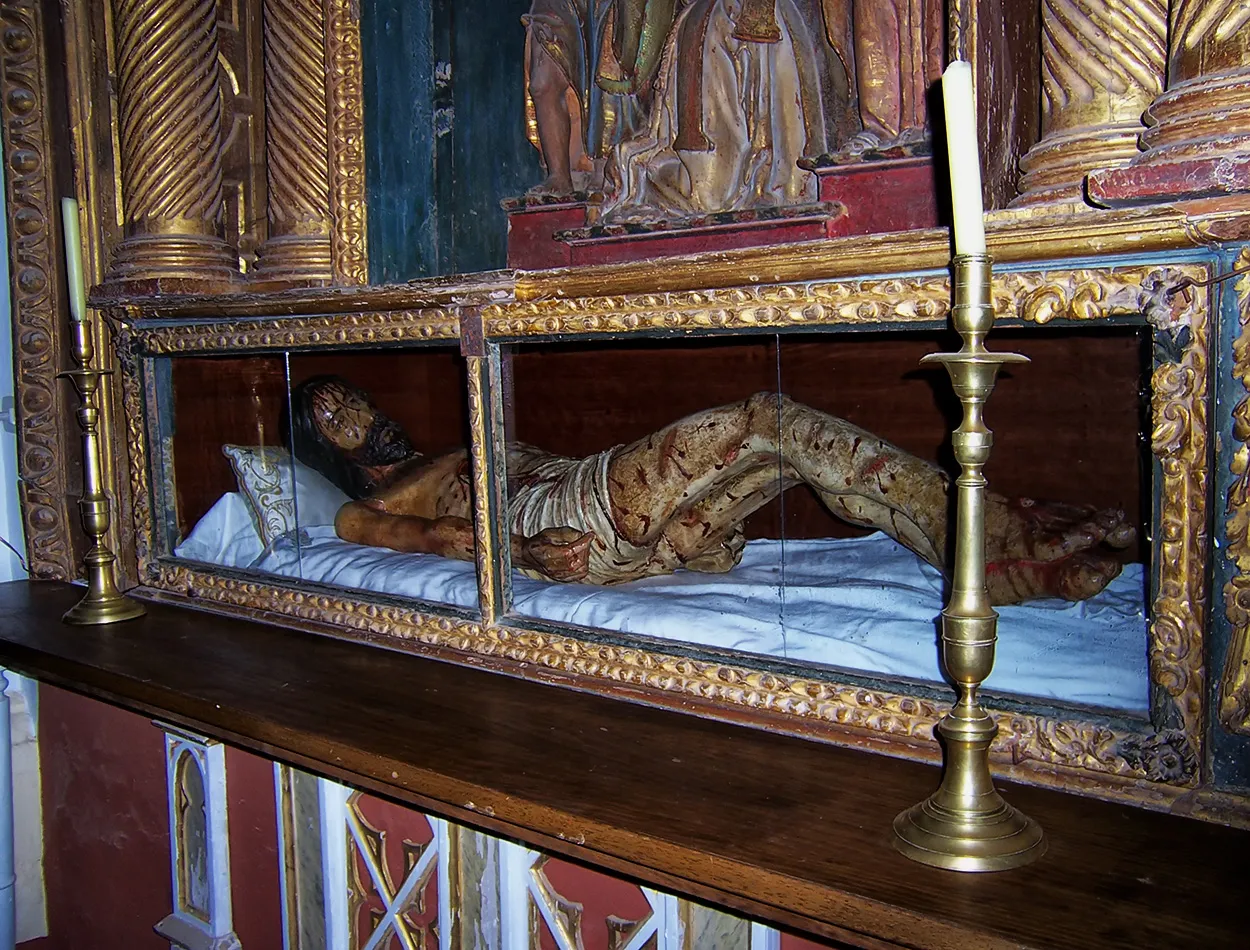
|

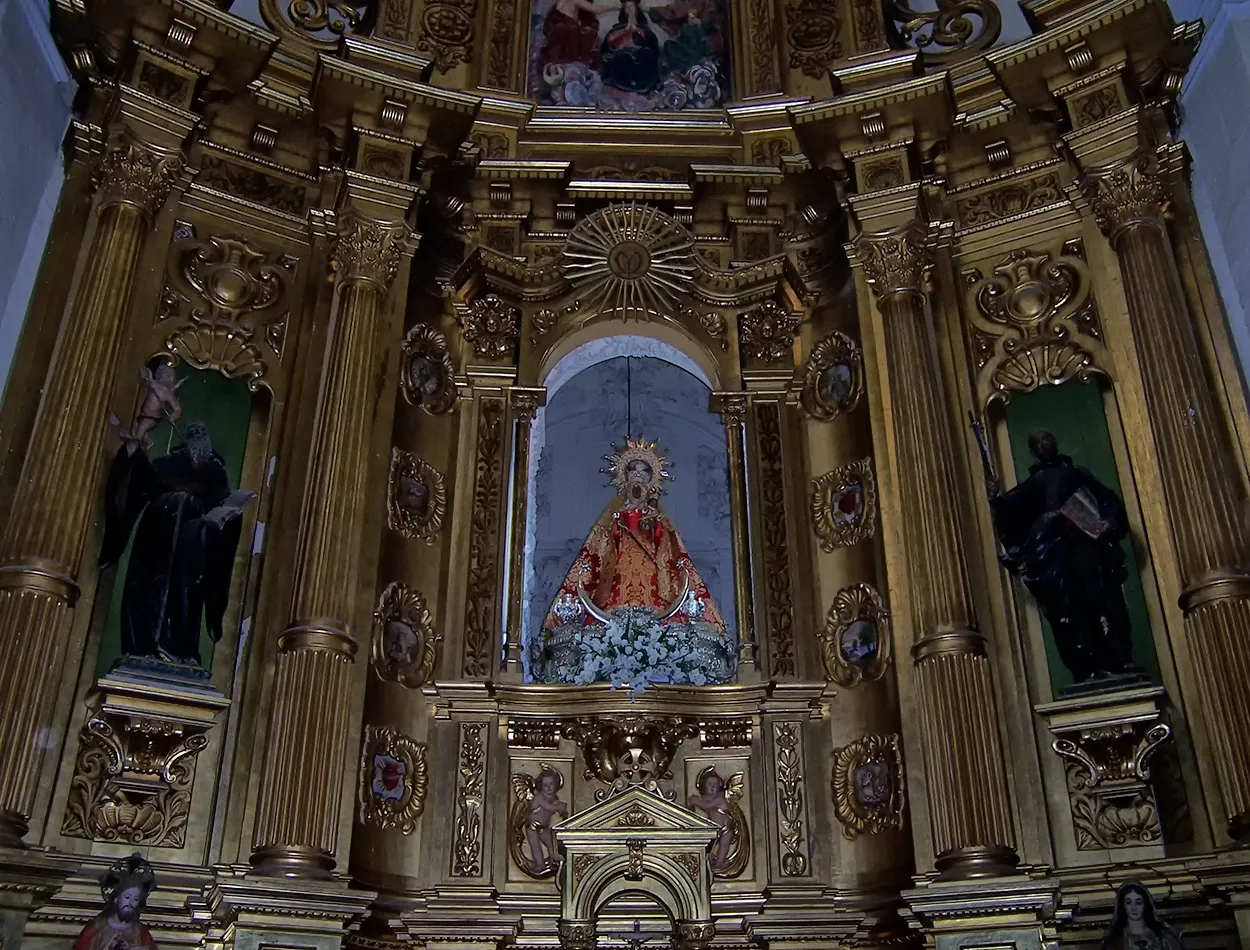
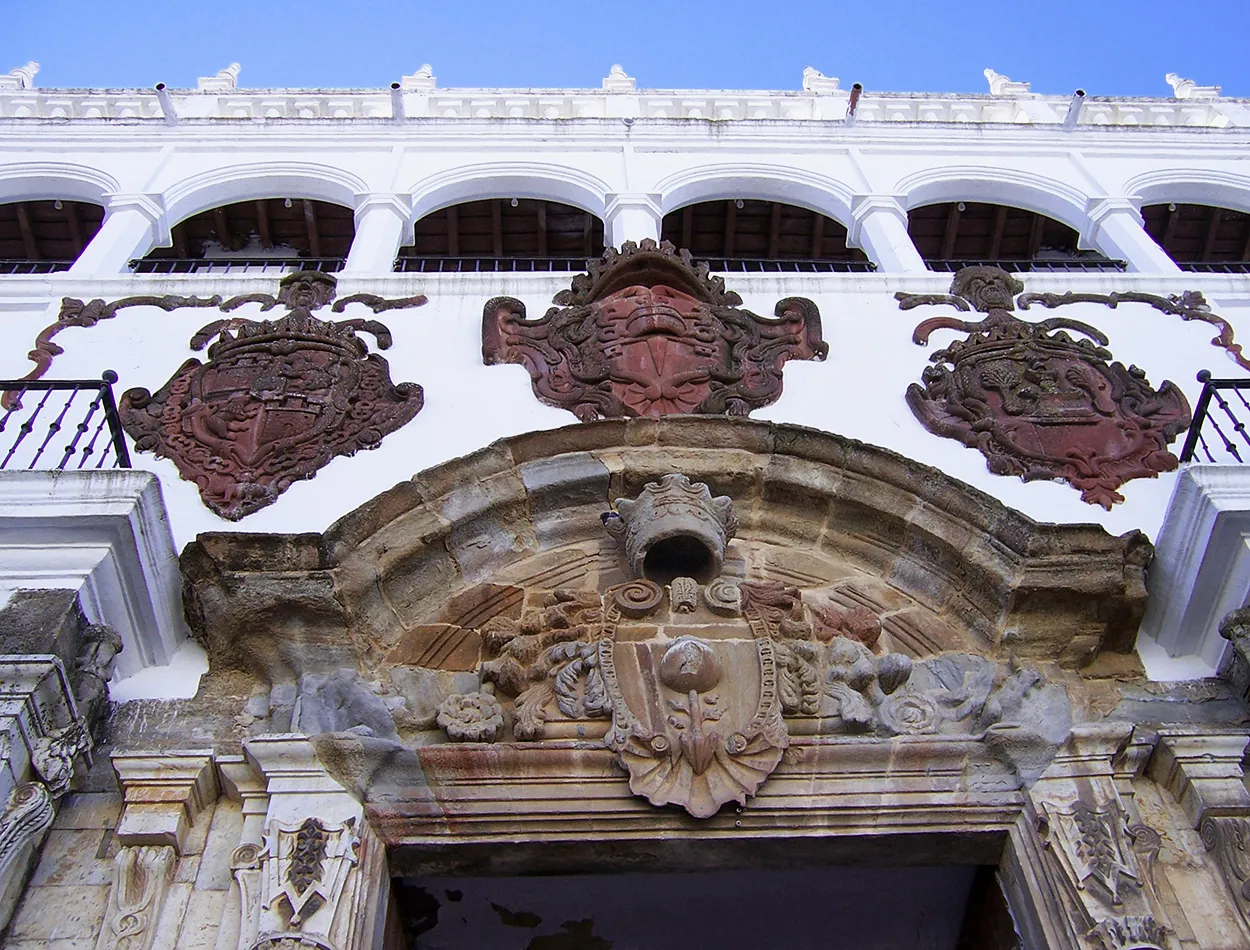




Walking through its streets and near its station I was also able to enter some of the corners that can be seen in Llerena. It is a very tidy and well-kept town and its inhabitants are very friendly and open, the food is fantastic especially in terms of the tasty meats produced by the region's cattle.
Caminando por sus calles y cercano a su estación pude también entrar en algunos de los rincones que se pueden ver en Llerena. Es una villa muy ordenada y bien cuidada y sus habitantes son muy amables y abiertos, la comida es fantástica sobre todo en cuestión de las sabrosas carnes producidas por el ganado de la región.



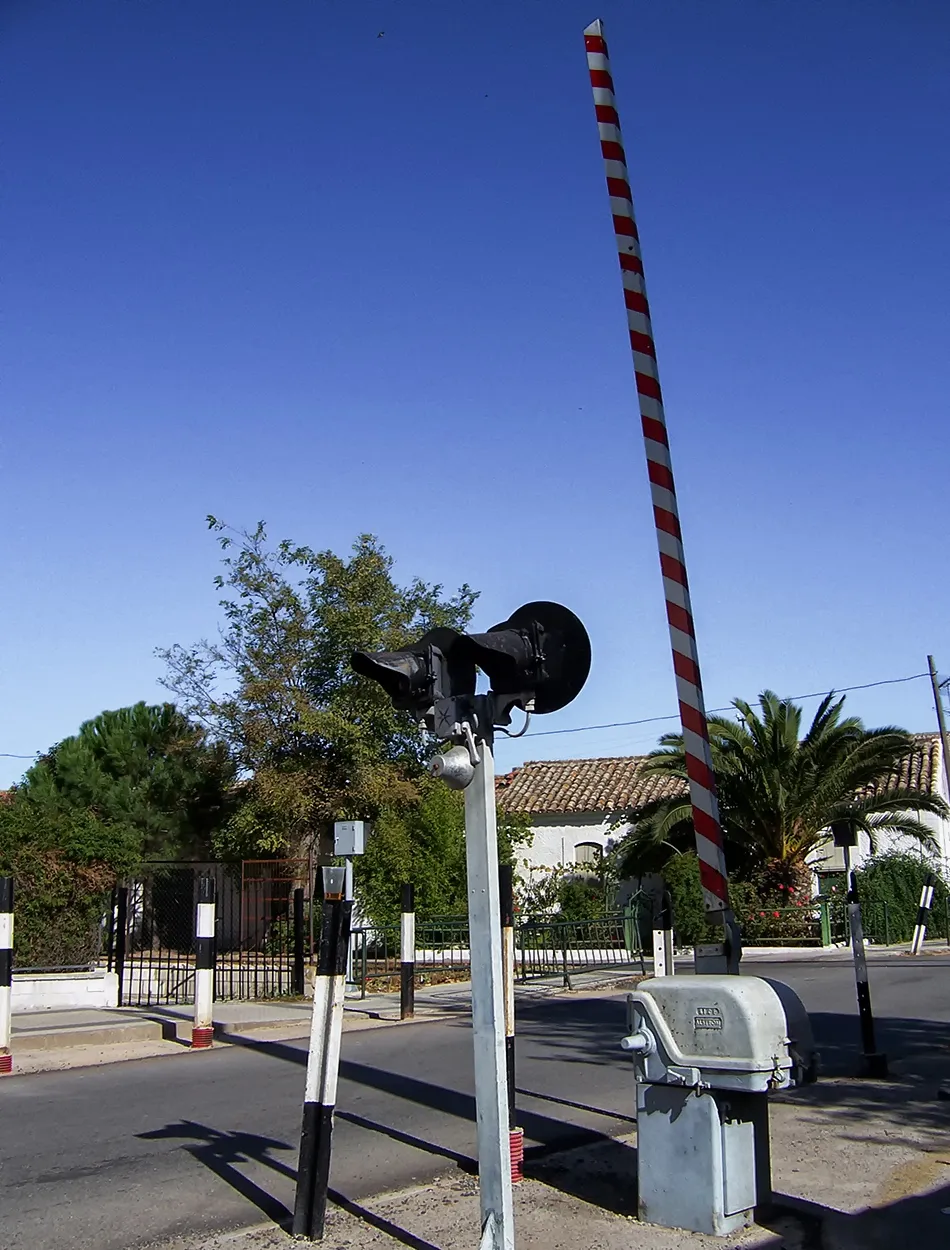




The city walls are of great importance and close the visit to this town. As a military and defensive strategy, the city wall was built by the Arabs to defend it from Christian attacks. The history in this case dates back to the 13th century, a time when the Iberian Peninsula was in turmoil and was in the midst of the reconquest. The walls and their architecture can be seen in part of the town and the important entrance gate stands out.
Con una gran importancia las murallas de la ciudad cierran la visita a esta localidad. Por estrategia militar y defensiva la muralla en la ciudad fue levantada por los árabes para defenderla de los ataques de los cristianos. La historia en esta ocasión se remonta sobre el siglo XIII tiempo en que la península ibérica andaba revuelta y metida en plena reconquista. El amurallamiento y su arquitectura se recorre en parte de la villa y destaca la importante puerta de entrada a la misma.

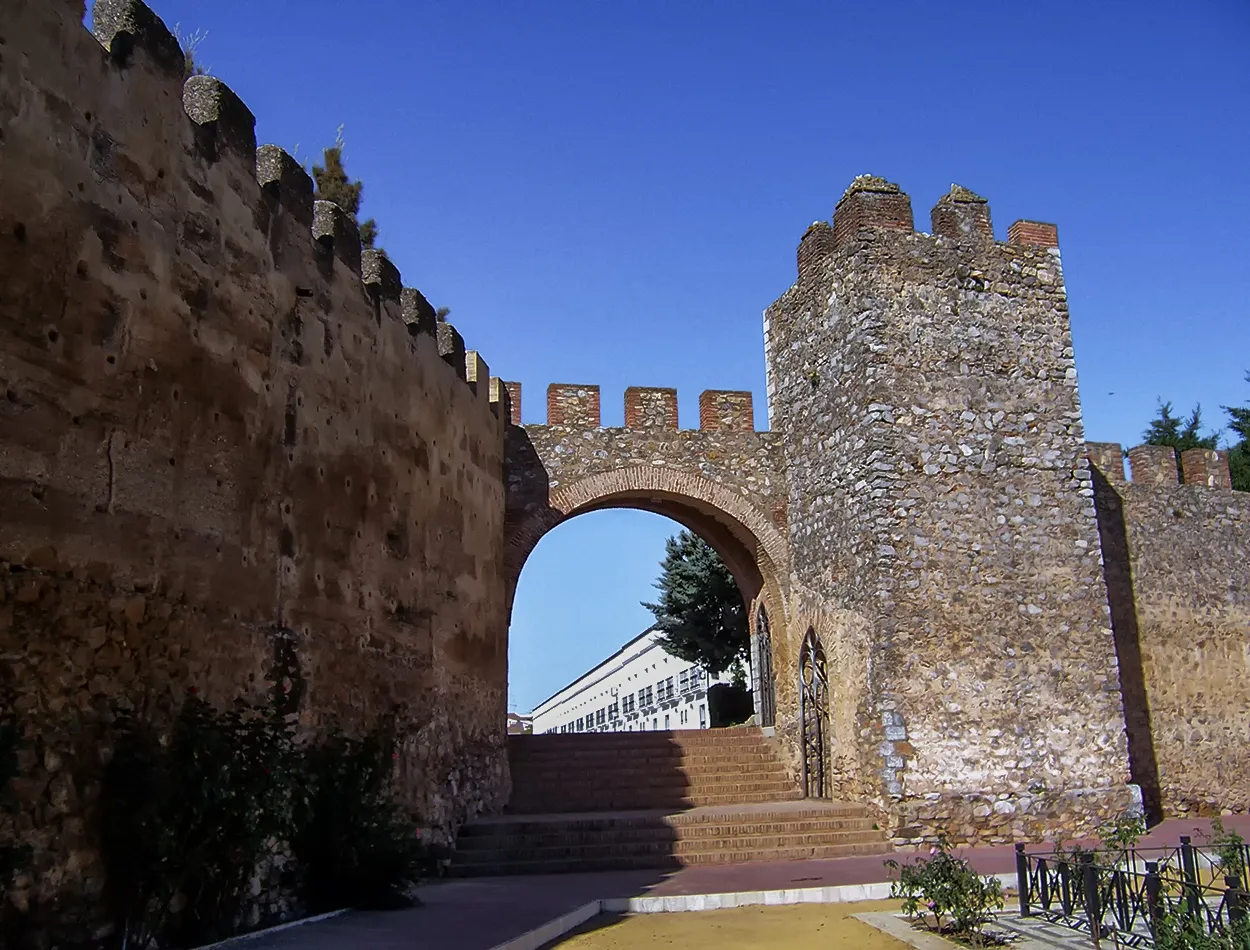


|

|

|



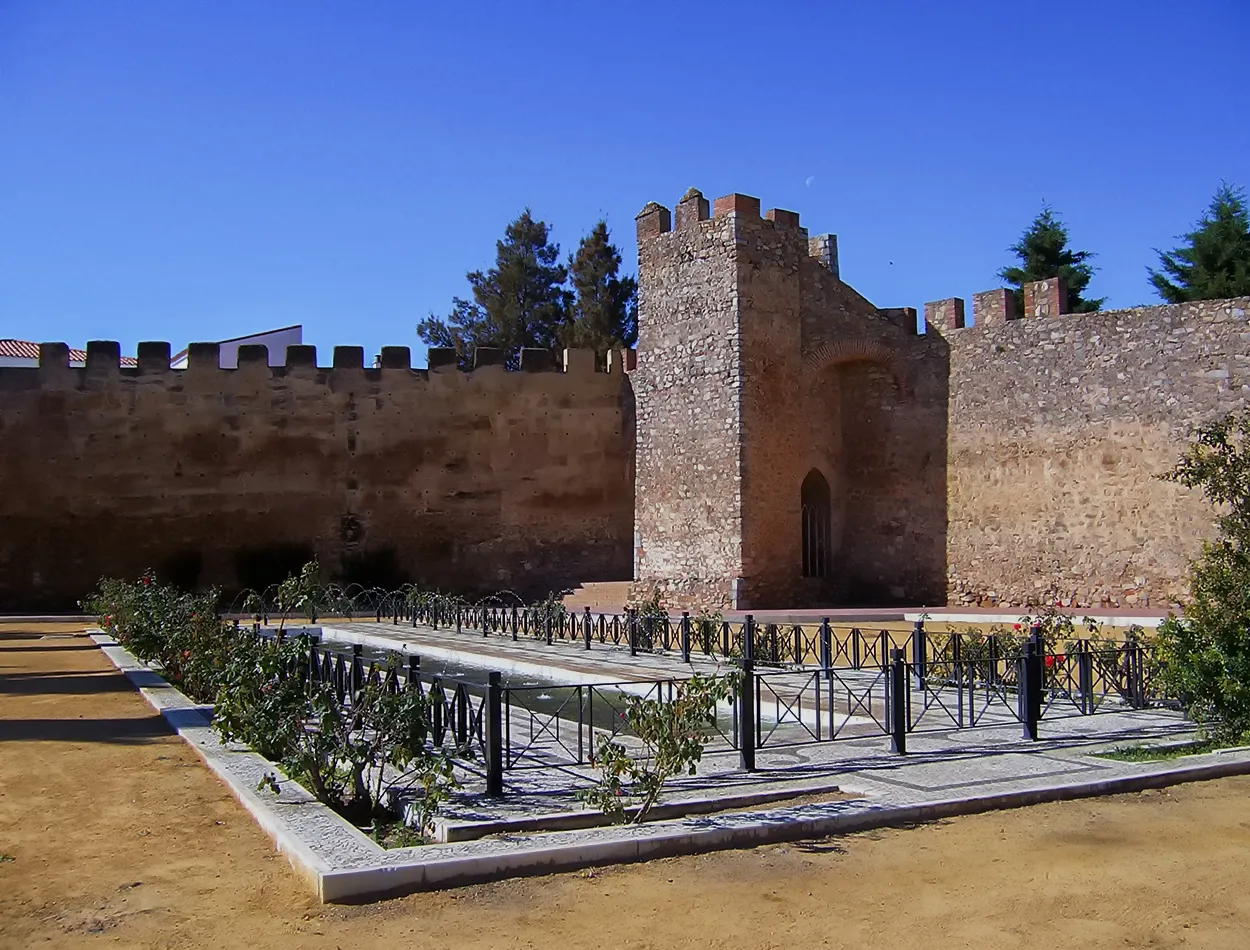
|

|

|

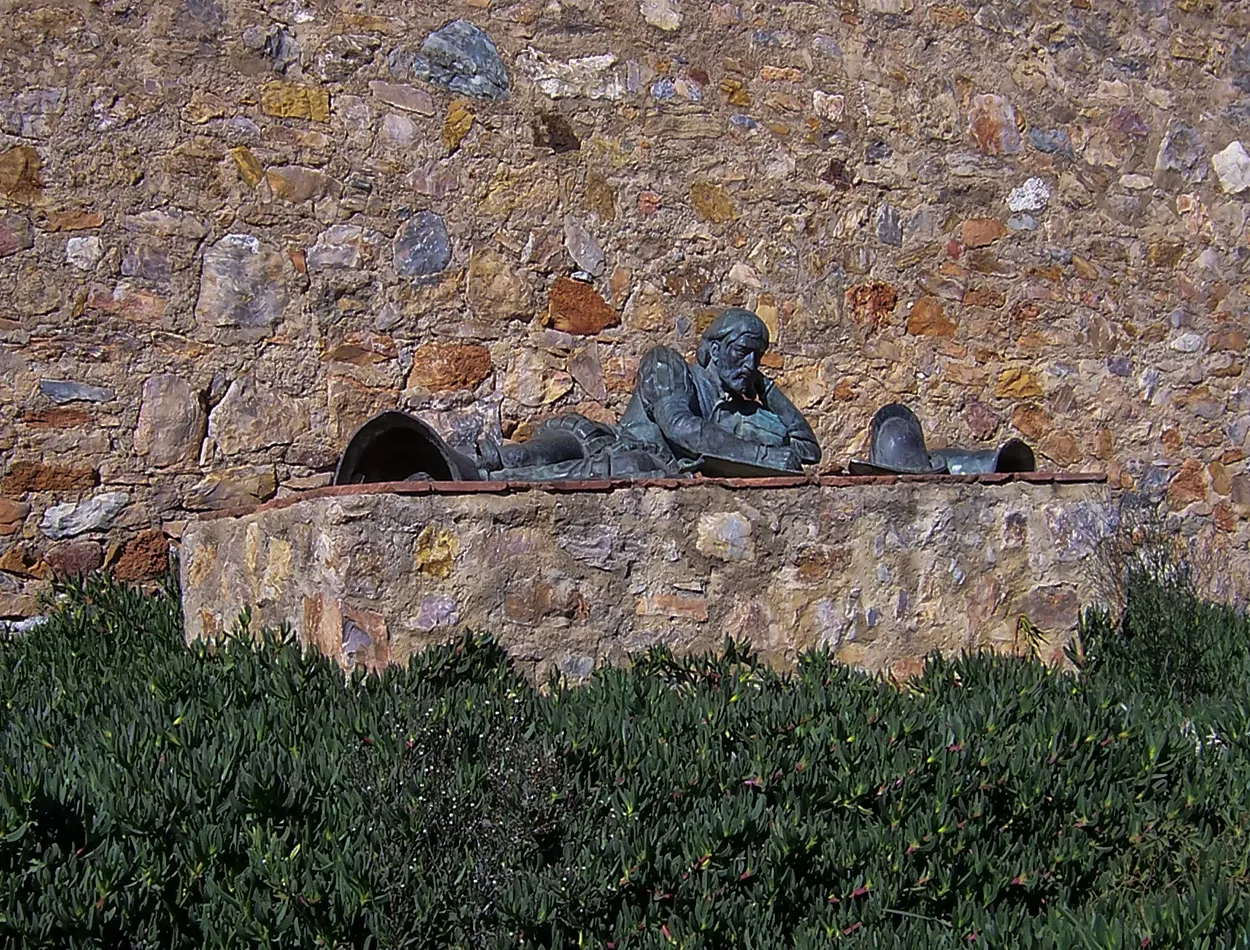




Travelling and seeing Regina Turdulorum and the town of Llerena is reliving different stages of the history of Spain that summarise much of its essence as a nation. I share my trip and record my experience on the world map. I extend an invitation to visit the beautiful places that I present to you. Greetings friends.
Viajar y ver Regina Turdulorum y la villa de Llerena es revivir diferentes etapas de la historia de España que sintetizan bastante parte de su esencia como nación. Comparto mi viaje y dejo constancia de mi experiencia en el mapa mundial. Les extiendo una invitación para visitar los bonitos lugares que les presento. Saludos amigos.

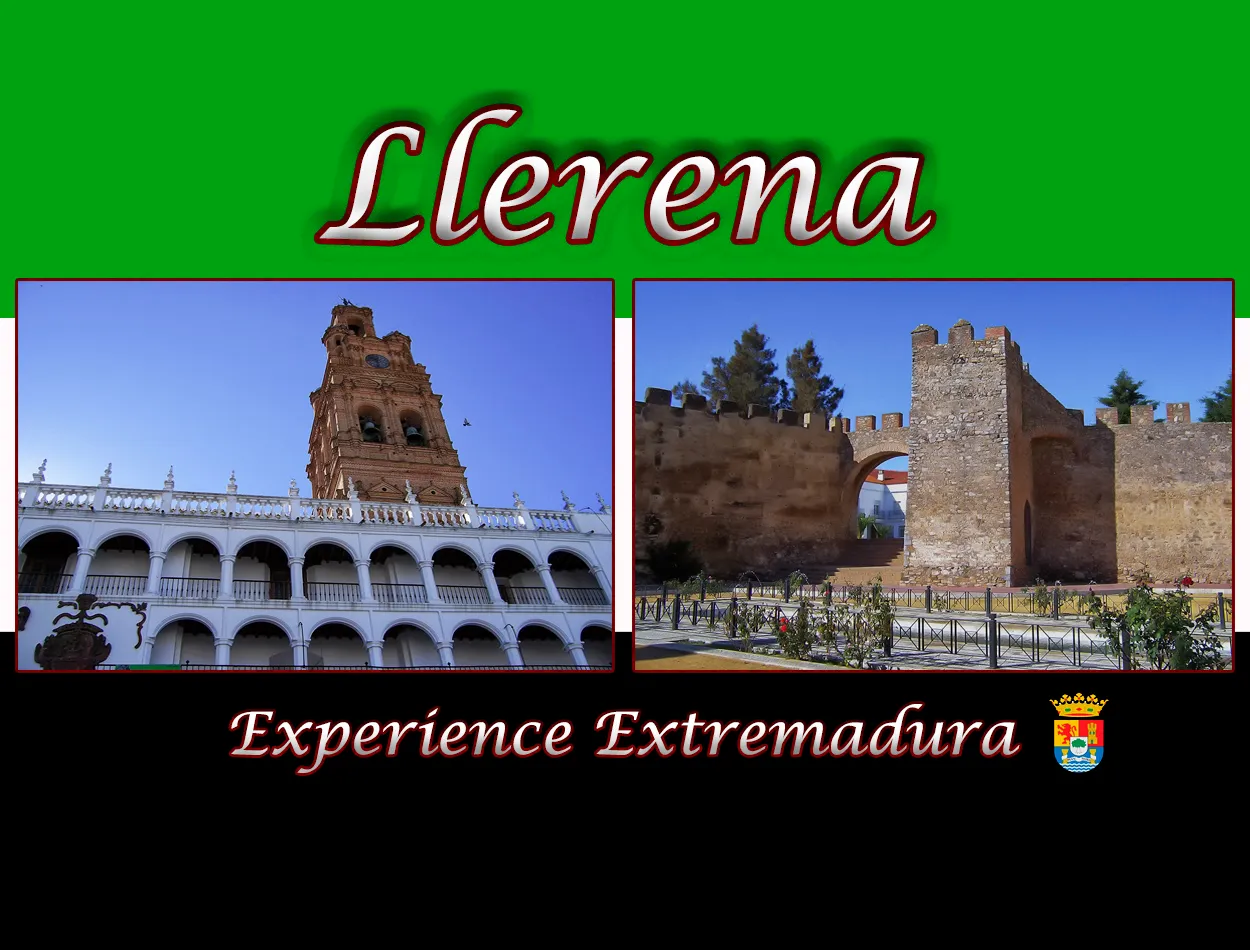

| Categoría | Phototalent |
| Ajustes | ISO-100 f/8 1/100s |
| Cámara | Nikon D7100 - Olympus E410 y Kodak Z |
| Lente | Nikkor or Olympus |
| Localización | Spain |


Image ©oscarps. All Rights Reserved.
Original content by @oscarps
